The 8 Hottest Places on Earth

Intro
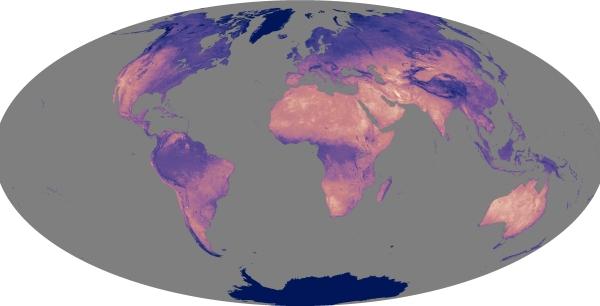
Many places around the world sweat and swelter when summer comes, but even the hottest summer temperatures in many places don't hold a candle to the hottest places on Earth.
While two-thirds of the earth is covered in water, a full third of the remaining land (that's one-ninth of the total!) is nearly uninhabitable desert. As it turns out, all of the world's hottest places lie in that harsh environment.
Wadi Halfa, Sudan - 127 degrees
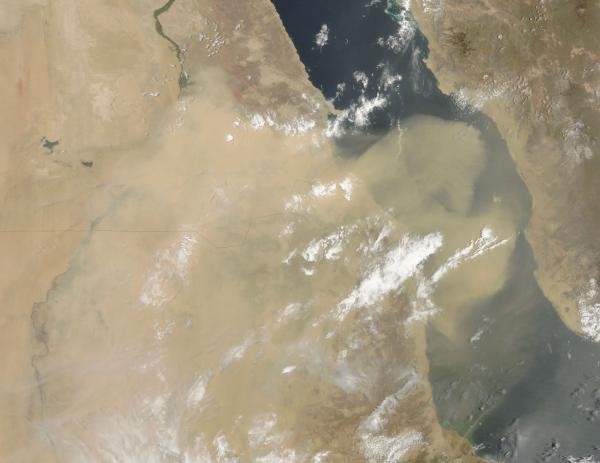
Wadi means valley in Arabic, and this dry valley at the top of Sudan lies on the border with Egypt. In April of 1967, the city of 15,000 clocked a temperature of 127 degrees Fahrenheit (53 degrees Celsius).
While the climate of northern Sudan is generally extremely dry, there are times when damp southern air can reach the border and cause violent dust storms known as the haboob , when moist, unstable air forms thunderstorms in the heat of the afternoon. The initial downflow of air from an approaching storm produces a huge yellow wall of sand and clay that can temporarily reduce visibility to zero.
Ahwaz, Iran - 128 degrees
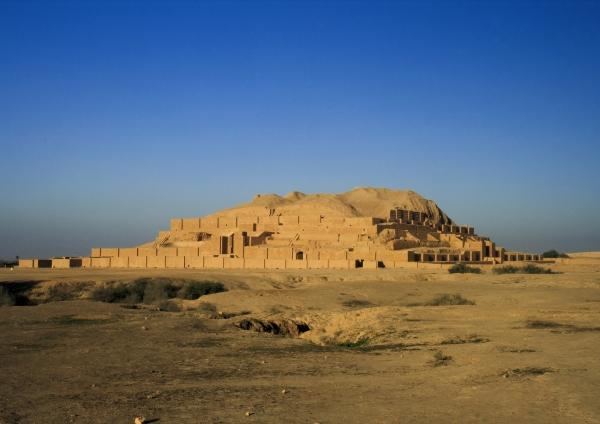
Ahwaz, Iran lies in a desert just above sea level and gets less than an inch of rain per year. During July, the average high will be 116 F (47 C) that's hot enough to get most of the city's million residents inside to turn on the fans.
Ahwaz, also spelled Ahvaz, is a place where the siesta is taken very seriously in order to escape oppressive afternoon heat, shops and businesses close around noon and reopen for a few hours at 6 p.m.
Tirat Tsvi, Israel - 129 degrees
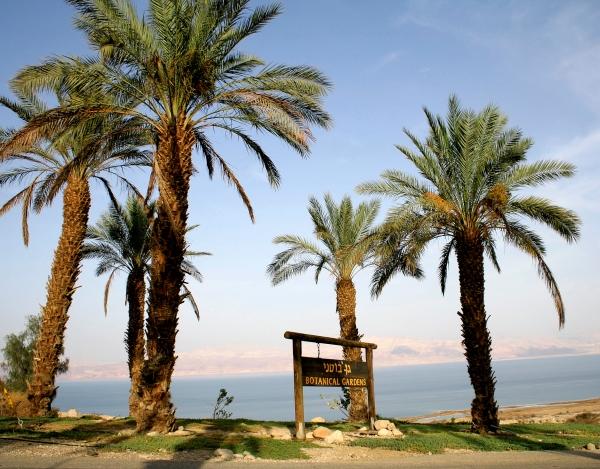
The hottest place in Asia, the small kibbutz of Tirat Tsvi (population: 642) recorded a temperature of 129 F (54 C) in June 1942. The town lies 722 feet (220 meters) below sea level. Despite its formidable climate, the town is the largest grower of dates in Israel, with 18,000 trees.
Get the world’s most fascinating discoveries delivered straight to your inbox.
Araouane, Mali - 130 degrees
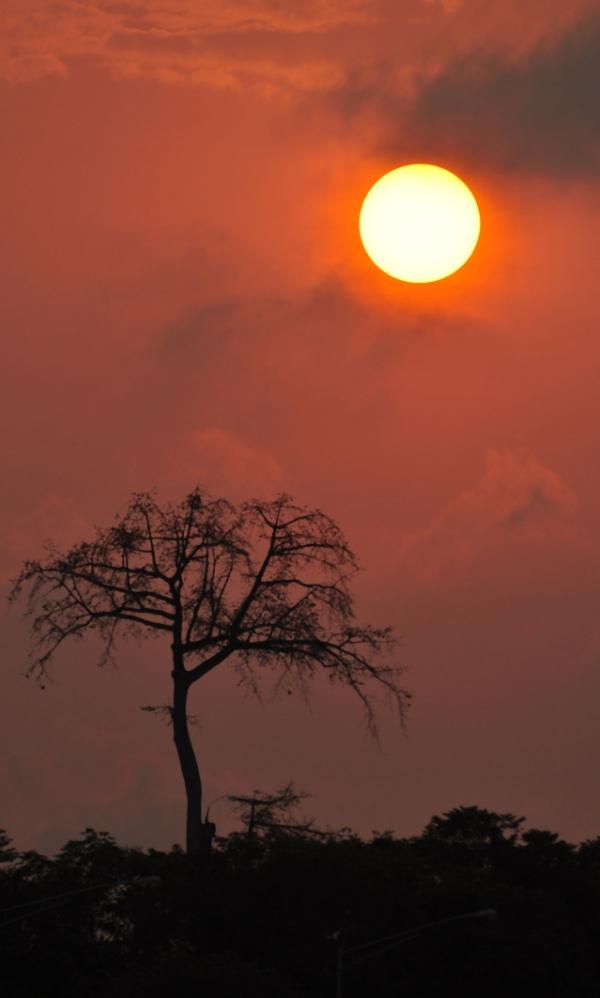
Araouane is a small Saharan village on the way to Timbuktu. Just 300 families call this desert place home. The surrounding desert is completely barren and a dry desert wind known as the Harmattan blows fine particles of sand that can obscure visibility and build up on the sides of buildings.
Araouane doesn't receive enough rainfall to grow crops, and the village is dependent on the caravan trade that nowadays moves blocks of salt from mines that lie to the north. The temperature in this remote outpost hit 130 F (54.4 C) in the summer of 1945.
Timbuktu, Mali - 130.1 degrees
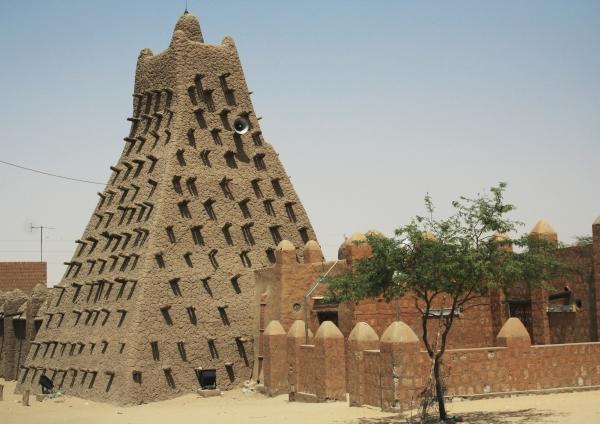
The city best known for being the middle of nowhere Timbuktu is also a hot-hot-hot place. Timbuktu sits on the southern edge of the Sahara Desert, about 10 miles north of the Niger River. The town is surrounded by sand dunes and the streets are often covered in sand. With a recorded high of 130.1 F (54.5 C), Timbuktu is one of the hottest places in the world.
In the month of May, average highs of 108 degrees are not uncommon. Even the winter months of December and January feature highs into the 90s. A population of more than 40,000 people fights the summer heat with clothing designed to fend off the worst of the weather.
Kebili, Tunisia - 131 degrees
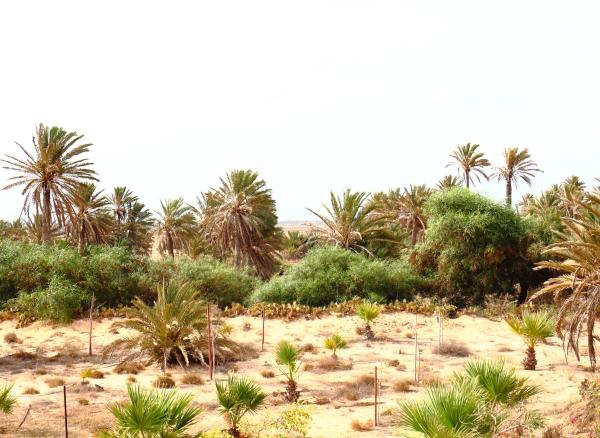
While it's egg-fryingly hot, Kebili is actually a desert oasis. The 18,000 people who call this town home face heat waves with temperatures in excess of 131 F (55 C).
Because the history of Kebili dates back more than 200,000 years, many of the local inhabitants have passed along methods designed to survive these unbearably hot days. Locals stockpile water and work hard to maintain a relatively constant body temperature.The town also grows world-famous dates.
Ghadames, Libya - 131 degrees
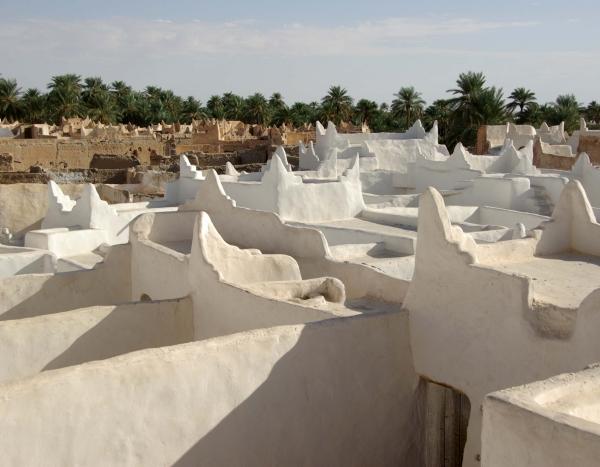
Tying in temperature-record with Kebili is Ghadames, Libya, another oasis in the middle of a desert. The native Berber population of about 7,000 live in houses made with thick walls of mud, lime and tree trunks that help protect them from the blazing heat, especially in the summer.
The roofs of the houses are interconnected, and many of the streets are covered, allowing for increased shade, privacy, and security. The city is so iconic that it is listed as a UNESCO World Heritage Site . The landscape resembles Star Wars' planet Tatooine, and human habitation of the area extends back to the 6th century.
Death Valley, United States - 134 degrees
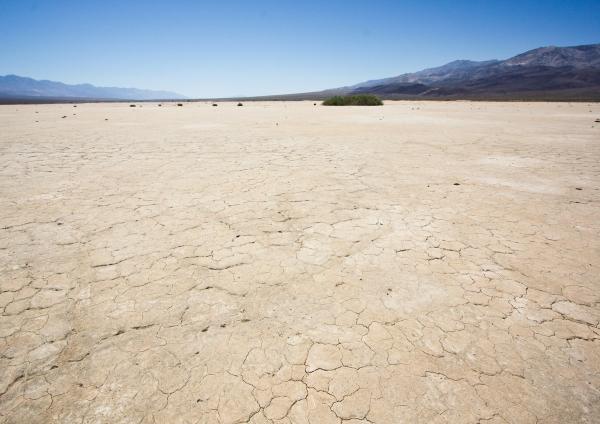
Death Valley is the driest and lowest valley in the United States those conditions add up to some extreme temperatures. On July 10, 1913, at the Furnace Creek weather station, thermometers recorded 134 degrees, the highest temperature ever measured.
During the heat wave that week, five days in a row clocked in at 129 degrees or above. Furnace Creek was formerly the center of the valley's mining operations for the Pacific Coast Borax Company, which hauled the mineral with mule teams across the Mojave Desert. Today, most of Death Valley's lodges shut down when the temperature soars to 125 degrees.
Note: A temperature of 136.4 degrees Fahrenheit (58 degrees Celsius) was formerly recognized as the hottest temperature ever measured until an investigation by the World Meteorological Organization found sufficient problems with the measurement to declare it invalid on Sept. 13, 2012.


